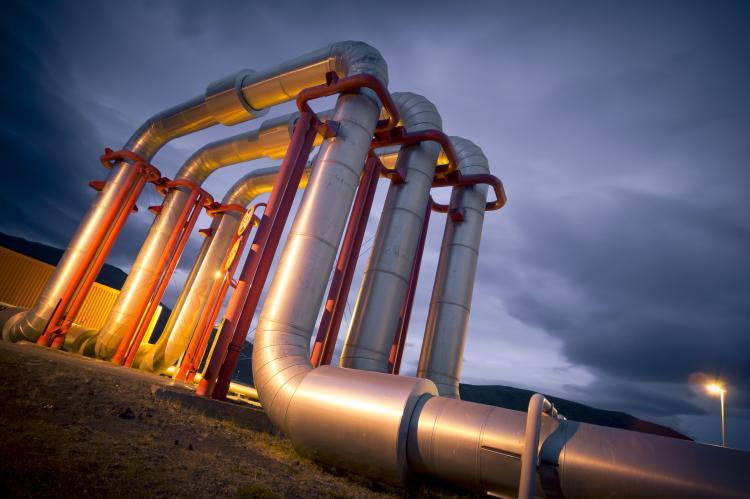Some Ups and More Downs in This Year's American Gas Pipeline Market

The natural gas pipeline market in the United States was a hotbed of activity during the first six months of 2020. On the one hand the courts either blocked or delayed long ballyhooed gas pipelines like the Constitution and Atlantic Coast Pipelines. On the other about 5 Bcf/d of natural gas pipeline capacity entered service in the country.
The Trump administration's no-holds-barred approach to pipeline development ran headlong into a well - organized and increasingly powerful environmental movement in the United States. In the case of the Constitution pipeline, one championed by the oil industry as well as by President Trump, the federal court deemed a pipeline crossing over 120 streams between Pennsylvania and New York would compromise the environment and endanger public health. Similar arguments have doomed the multibillion dollar Atlantic Coast gas pipeline and stymied further development of the Keystone XL tar sands oil pipeline. In addition lesser known pipelines have been cancelled, including the Creole Trail Expansion Project 2, the Northeast Supply Enhancement Project, the Permian to Katy Pipeline, the Western Energy Storage and Transportation (WEST) Header Project, Northeast Supply Enhancement Project and the Wright Interconnect Project.
The other side of the ledger looks like another world: the natural gas market is growing in the United States and pipelines are required to move the gas as efficiently as possible to the consumer.
The Cheyenne Connector, for example, is a 113-km, 36-inch pipeline that brings natural gas from eastern Colorado into the Cheyenne hub near the Colorado-Wyoming border. The Cheyenne Hub Enhancement Project increases interconnectivity and deliverability between the Rockies Express Pipeline and other interstate transmission systems, allowing natural gas production in the Rockies to access more markets with increased flexibility.
Then there is the Cheniere MIDSHIP Pipeline, a 375-km, 36-inch greenfield MIDSHIP Pipeline began operations in April 2020, bringing 1.1 Bcf/d of natural gas produced in the SCOOP-STACK Basin in western Oklahoma to the Bennington hub at the Oklahoma-Texas border.
In western Texas near the Permian Basin there are a series of shorter, less than 50-km pipelines connecting the Waha hub to fracked gas production areas of the Permian Basin.
So again the overall picture is mixed: While approximately 5.0 Bcf/d of new pipeline capacity has entered service in the United States so far in 2020, an estimated 8.7 Bcf/d of pipeline projects have been canceled in 2020.

